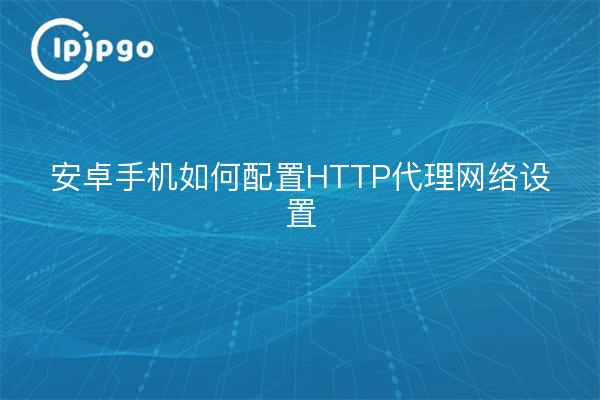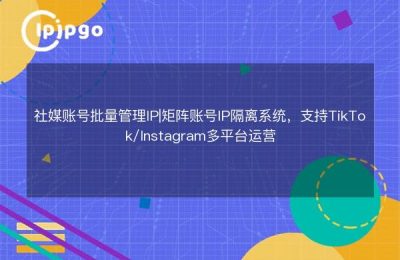
Hi everyone, today we are going to talk about how to configure HTTP proxy for Android phones. You may ask, what is HTTP proxy? Hey, don't worry, let me explain it to you. You can think of an HTTP proxy as a middleman that helps us establish a connection between the phone and the server for the transfer and control of network data. In other words, it's like the delivery boy in our lives, helping us forward and process our communications with the outside world.
Step 1: Open Settings and find Network Settings
To configure the HTTP proxy on your Android phone, first we have to find the Network Settings. Usually, you can slide the screen down from the top and find the "Settings" icon. Tap on Settings, then find the Network or Wi-Fi option in the Settings screen and tap on Network Settings.
Step 2: Select the network to connect to
Okay, now that we've opened the network settings, we're going to select the network where we want to configure the HTTP proxy. If there are any Wi-Fi networks available near you, you can choose to connect to one of them, then long press on the name of the network and click on the "Modify Network" option.
Step 3: Go to Advanced Options
In the Modify Network screen, you will see an option called "Advanced Options". This is where some of the advanced network settings are stored, and where the HTTP proxy is configured. Click on Advanced Options.
Step 4: Configure the HTTP proxy
Well, now that we're in Advanced Options, we can configure the HTTP proxy. In the Advanced Options screen, you'll see an option called "Proxy" or "Proxy Settings". Click on it to go to the Proxy Settings screen.
Step 5: Select Agent Mode
In the proxy settings interface, we can see that there are several proxy modes to choose from. The common ones are "No Proxy", "Manual Proxy" and "Auto Proxy". Here, we choose "Manual Proxy" mode.
Step 6: Fill in the proxy server and port
Okay, now comes the crucial step of configuring the HTTP proxy. You can see two input boxes in the proxy settings screen, one for "Proxy Server" and the other for "Port". The proxy server is like the intermediary of our communication, and the port is the door number of the intermediary.
Before filling in the proxy server and port, we need to get an available HTTP proxy address and port number. You can get this information from your network administrator or proxy service provider. Once you have them, you just need to fill them into the corresponding input boxes.
Step 7: Save settings and test connection
Hey, at this point, we have configured the HTTP proxy! After filling in the proxy server and port, click the "Save" button on the interface to save the settings. Then, we can click the "Test Connection" button on the interface again to test whether our HTTP proxy connects successfully.
If all goes well, you should see a green check mark, meaning that your HTTP proxy has been successfully configured and connected. If you run into problems, you can check that the proxy server and port are filled in correctly, and that the network connection is working.
summarize
With the above steps, we have successfully configured HTTP proxy for our Android phone.HTTP proxy plays an important role in our usual network use, it can help us achieve a more secure, stable and efficient network connection. So, when you need to use HTTP proxy, you might as well follow the above steps and configure your Android phone!
Life is like a network communication, sometimes we need to use HTTP proxy to help us establish a connection. And configure HTTP proxy, it is like to the middleman in the communication to specify a send and receive address, so that our communication more unimpeded. I hope this article can help you, may your network communication unimpeded, like a fish in water!








